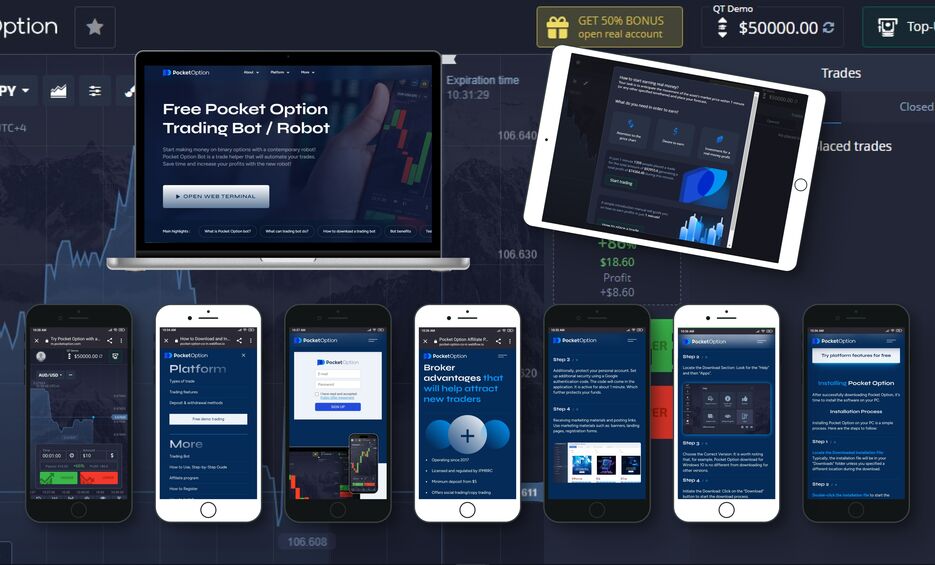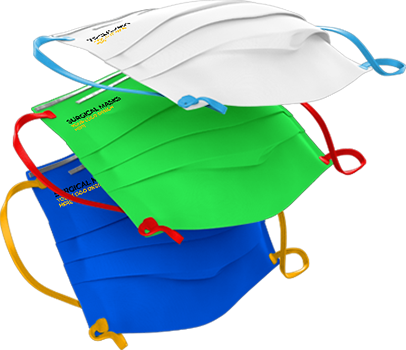Discover the Best Trading Indicators for Beginners

Best Trading Indicators for Beginners
If you’re new to trading and want to understand the market better, using the right tools, including the best trading indicators for beginners on pocket option contact Pocket Option, can be crucial to your success. Trading indicators are essential tools that can help you analyze market trends, determine entry and exit points, and improve your overall trading strategy. In this article, we will explore some of the best trading indicators that beginners can use to navigate the complex world of trading.
What Are Trading Indicators?
Trading indicators are tools that help traders make sense of price movements and market trends. They are based on mathematical calculations that analyze historical price data and volume to provide insights into future price movements. Indicators can be applied to various types of charts, and they help traders make decisions based on statistical analysis rather than emotions.
Why Are Indicators Important for Beginners?
For beginners, the world of trading can seem overwhelming. The array of choices and the velocity at which market conditions can change create a steep learning curve. Indicators simplify this complexity by providing visual aids that highlight potential trading opportunities. By utilizing indicators, beginners can:
– Gain insights into market trends
– Identify buying and selling points
– Minimize emotional trading by relying on data
– Create structured trading strategies
Top 5 Trading Indicators for Beginners
1. Moving Averages (MA)
Moving averages are one of the simplest and most widely used indicators. They smooth out price data to help traders identify trends over a specified period. There are two main types:
– Simple Moving Average (SMA): This indicator calculates the average price over a specified number of periods. It is straightforward and provides a clear picture of trend direction.

– Exponential Moving Average (EMA): This type places more weight on recent prices, making it more responsive to recent price movements. Using both SMA and EMA can help traders identify potential crossover points that signal buy or sell opportunities.
2. Relative Strength Index (RSI)
The RSI is a momentum oscillator that measures the speed and change of price movements. It ranges from 0 to 100 and is typically used to identify overbought or oversold conditions in a market. An RSI value above 70 indicates that the asset may be overbought, while a value below 30 indicates it may be oversold. This can help traders make decisions about when to enter or exit a trade.
3. Bollinger Bands
Bollinger Bands consist of three lines: a middle band (SMA) and two outer bands that are standard deviations away from the middle band. They help traders identify market volatility and potential price reversals. When the price touches the lower band, it is often considered a buy signal, while touching the upper band may indicate a sell signal.
4. Stochastic Oscillator
The Stochastic Oscillator compares a particular closing price of an asset to a range of its prices over a certain period. It generates a value between 0 and 100. Like the RSI, values above 80 indicate overbought conditions, while values below 20 suggest oversold conditions. This helps traders gauge momentum and reversals in price trends.
5. Average True Range (ATR)
The ATR is a volatility indicator that measures the range of price movements over a specified period. It is particularly useful for determining how much an asset typically moves, which can help traders place stop-loss orders or identify breakout points. Understanding volatility can prevent traders from entering trades that are too risky or from missing opportunities due to underestimating the market’s movements.
Combining Indicators for Better Analysis
While individual indicators provide valuable insights, combining multiple indicators can enhance your trading strategy. For example, using RSI and Moving Averages together can help confirm potential buy or sell signals. Always remember that no indicator is foolproof. It’s essential to test and adapt your approach based on your own trading style and risk tolerance.
Tips for Using Trading Indicators Effectively
- Start Simple: Don’t overwhelm yourself with too many indicators at once. Begin with one or two that resonate with you and gradually add more as you gain confidence.
- Test Before Committing: Use a demo account to practice trading with your chosen indicators before risking real money.
- Stay Informed: Continuous learning about new tools and strategies is key. Join trading communities, attend webinars, and read relevant literature.
- Be Patient: Trading is not a get-rich-quick scheme. Stick to your strategy and be patient in your approach.
- Keep a Trading Journal: Document your trades, strategies, and emotions. This will help you identify patterns and refine your approach over time.
Conclusion
Trading can be a rewarding experience, especially when equipped with the right tools and knowledge. For beginners, understanding and utilizing trading indicators is essential for making informed decisions and developing a sound trading strategy. Remember to start gradually, test your strategies, and continuously seek ways to improve. With the right foundation, you can navigate the trading landscape with confidence and hopefully achieve your financial goals.

